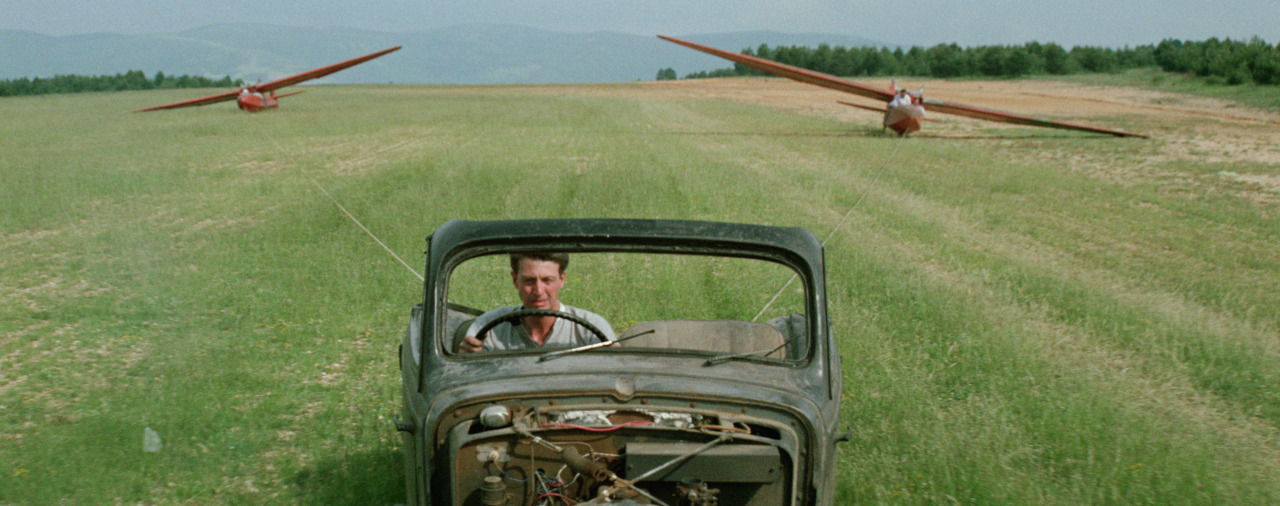 Image courtesy of France Channel, “La grande vadrouille” (1966)
Image courtesy of France Channel, “La grande vadrouille” (1966)
If you’ve ever driven in France, you’ve likely found yourself in what feels like an endless carousel of roundabouts. One fades into another, popping up on rural country lanes, city outskirts, and even in tiny hamlets with only a bakery and a church. In fact, France holds the global record for roundabouts: more than 65% of the world’s traffic circles are found here. But why?
A Safety-First Obsession
The French didn’t invent the roundabout, but they embraced it like no one else. In the 1970s, French road engineers, grappling with a surge in car ownership and a corresponding rise in accidents, looked for ways to tame intersections. Traditional crossroad junctions, especially with traffic lights, were hotspots for collisions.
Roundabouts offered a solution: they slow vehicles down without fully stopping them, reduce head-on crashes, and make traffic flow smoother. By the 1980s, they became the go-to infrastructure project for municipalities across the country.
The Cultural Factor: Egalité on the Road
Roundabouts fit neatly with a very French idea: equality. Unlike intersections with traffic lights, where one lane often dominates, roundabouts give each driver equal footing. You enter when there’s space, not when a signal tells you to. There’s a subtle sense of shared responsibility — a decentralized order that mirrors France’s complicated relationship with authority.
Plus, the “priorité à droite” (priority to the right) driving rule in France used to create chaos at crossroads. Roundabouts helped standardize a new rule: yield to those already inside. This made driving not just safer but simpler to teach and enforce.
A Blank Canvas for Mayors
There’s another, more aesthetic reason. Every French roundabout is also a mini-stage for local identity. Municipalities decorate them with sculptures, fountains, flowers, or even giant wheels of cheese (yes, really, in some dairy regions). Mayors love them because they double as visual branding: a way to welcome visitors with a symbol of the town’s pride.
The French countryside is now dotted with quirky roadside art — windmills, vintage tractors, abstract sculptures — all nestled in traffic circles.
Driving Habits and Daily Life
Ask any French driver, and you’ll hear a mix of fondness and frustration. Roundabouts make traffic calmer, but they also mean constant merging, signaling, and circling. The rond-point has become so ingrained in driving culture that it shapes how people learn to drive. Teenagers practicing with parents are taught to “feel the rhythm” of entering and exiting.
It’s no accident that the 2018 “gilets jaunes” protests often occupied roundabouts. These spaces, scattered across France and easy to block, became symbols of grassroots power — the perfect stage for citizens to be seen and heard.
The Quirky Crown
So, why does France have more roundabouts than anywhere else? It’s a cocktail of safety policy, cultural quirks, aesthetic ambition, and everyday practicality. What started as a traffic fix has become a hallmark of the French landscape, as iconic as vineyards and boulangeries.
Next time you’re driving through France and find yourself looping through yet another rond-point, take a look at what’s in the middle. Chances are, it’ll tell you a story about the town — and about France’s unique way of blending function with flair.